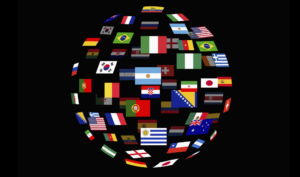
How Can You Build an International Workforce? Tips for Success
In the past, many employers dismissed the idea of building an international workforce. Those who could attract local talent considered it unnecessary. Others didn’t have

In the past, many employers dismissed the idea of building an international workforce. Those who could attract local talent considered it unnecessary. Others didn’t have

Nothing is certain. And anything can change in a flash. Many of us have learned these lessons the hard way in recent years. Forecasting almost

Today, we feature this post, originally published in February 2019, in recognition of National Disabilities Employment Awareness Month. According to a major study by Accenture,
It’s safe to say that 2015 truly became “the year of digital technology.” Yes, we’ve seen a rapid evolution in technology over the last decade